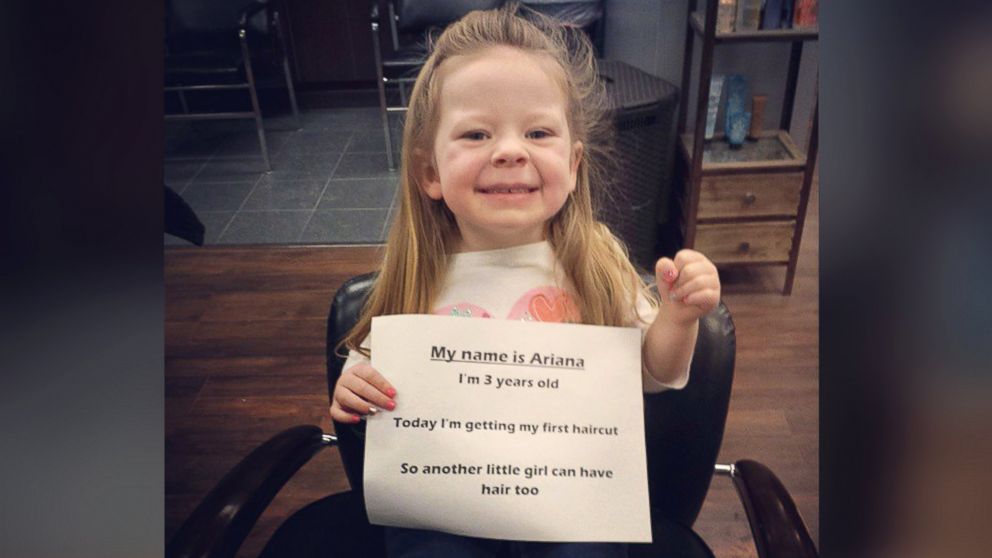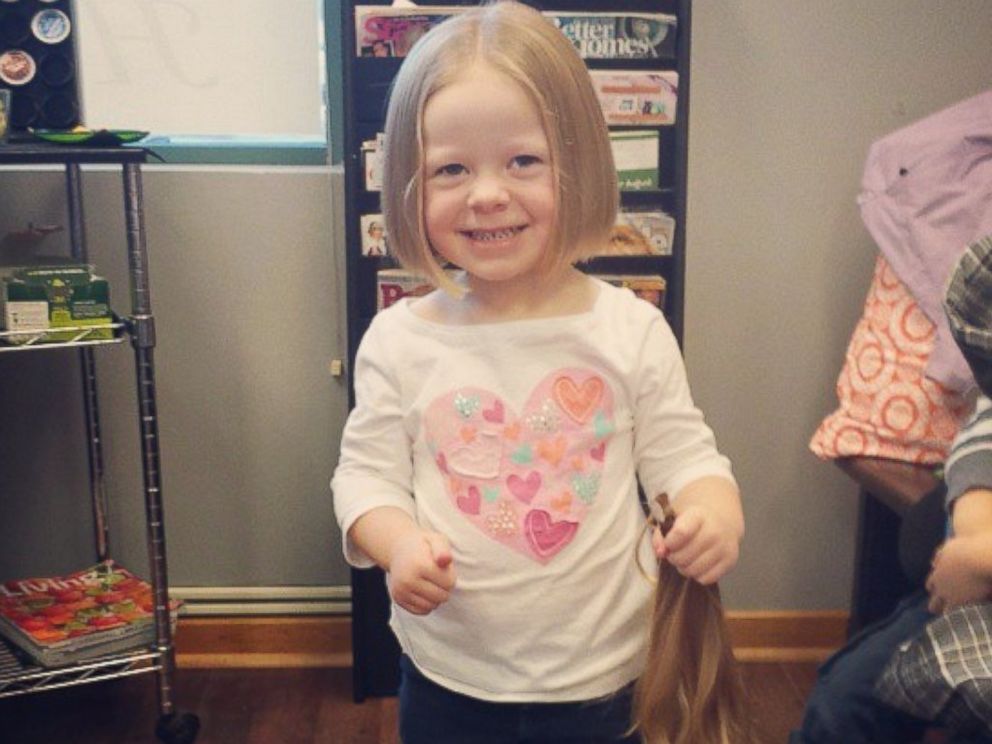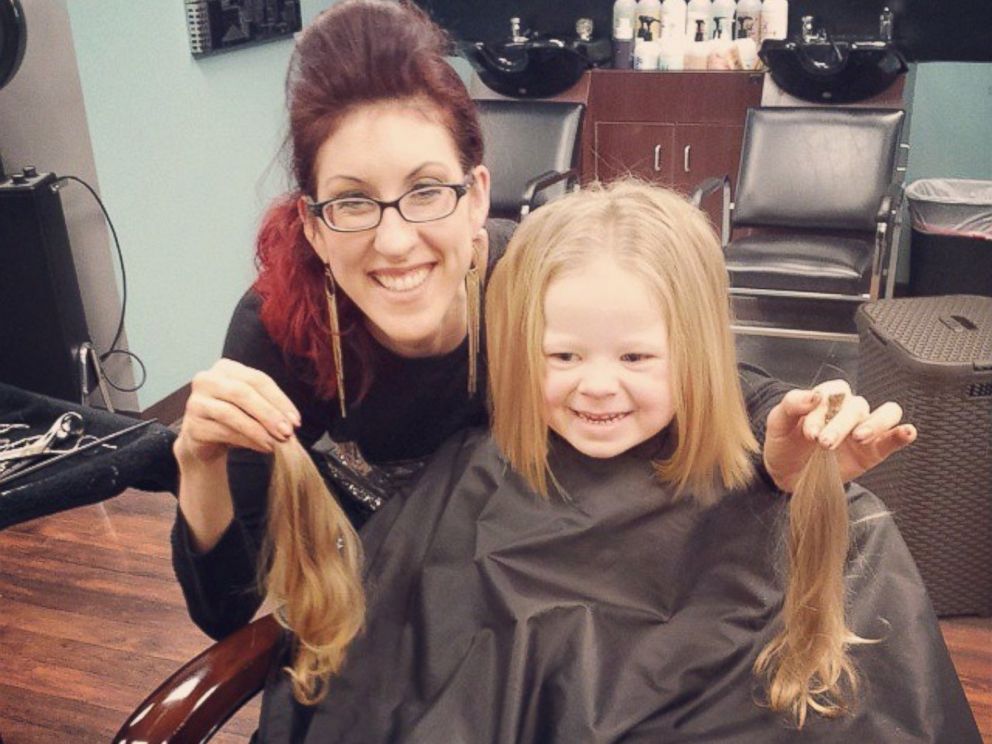
Alex’s Army receives 501c3 Status
Alex’s Army Childhood Cancer Foundation has officially received IRS approval for its 501c3 status as a tax exempt public charity. The effective date was Aug. 6th 2014, so any donations made to Alex’s Army from that date and here on out are tax deductible!
Mark Your Calendars
New Alex’s Army Events
Jan. 11th E3PT Hosts Fight for the Cure (Event Page)
Feb 21st Christy Jenkins Photography Event (Event Page)
Feb 28th Battle of the Bands (Event Page)
Be a Voice for the Children
A HUGE Alex’s Army ‘Thank You’ and shout out to Emily Dunn!
We are always in awe of the incredible hearts of children!
Today we want to send a HUGE Alex’s Army ‘Thank You’ and shout out to Emily Dunn!

This year instead of asking for birthday presents, Emily wanted to raise money and awareness for Childhood Cancer…she asked all of her family and friends to make donations to our foundation instead of presents! Her efforts raised $735.00 and with her parents match a whopping $1500.00!!!
But Emily’s generosity and philanthropy doesn’t stop there, we also understand that Emily is growing her hair in order to make a donation to provide wigs for children undergoing chemotherapy who lose their own AND she is participating in a fashion show to raise money for Seattle Children’s Hospital!!! Amazing work Emily, you are helping to make a difference in the lives of children battling cancer!


To wish Emily a Happy Birthday, comment here.
A lesson in compassion: Put a colorful Band-Aid on it

It’s never too early to learn about setting goals, and kindergartners at Norwood School in Bethesda set an ambitious goal for themselves: to collect 5,000 boxes of bandages for pediatric cancer patients at MedStar Georgetown University Hospital in Washington.
As part of a lesson on compassion — the private school’s value of the month for November — the students decided to collect the bandages for young patients being treated at the hospital, said kindergarten teacher Shannon van Yperen. And not just any bandages, but colorful, superhero, cartoon character, crazy design bandages — anything but plain old hospital bandages.
What they got was 7,130 boxes, which, when added to the boxes collected at Mater Dei School in Bethesda, totaled 10,000 boxes. Dr. Aziza T. Shad, chief of pediatrics at Georgetown’s Lombardi Comprehensive Care Center, accepted the bandages during an all-school assembly Friday at Norwood.
For the young patients who get needle sticks from injections or blood draws, a little thing like the opportunity to select a fancy bandage brings a lot of happiness, Shad told the children.
“Keep the spirit of giving,” she said. “That’s what is going to make you a wonderful, wonderful human being.”
Also at the assembly was Ryan Darby, a fifth-grader at Burning Tree Elementary School in Bethesda and a cancer survivor who was treated at Georgetown.
“I think it will make a huge difference, getting a [fancy] bandage,” Ryan said. “It might not seem like much, but it brings happiness.”
Kindergartner Ellery Camet, 6, said she brought in 30 boxes of bandages. She went to neighbors and her grandparents for help with donations.
“I was happy that I was collecting bandages for sick kids,” she said.
James Walters, 5, said he selected bandages with cars on them and some with Ninja Turtles. His classmate Henry Marriott, 5, chose to donate those with airplanes on them, and Sara Groban, 6, selected princess bandages.
“I thought compassion is getting bandages for people who are sick,” said Fionnuala Steuart, 5.
That was the lesson van Yperen hoped the students would learn from the collection drive.
“It’s kids helping kids,” she said. “It’s concrete.”
John Wall Gets Emotional, Dedicates Wizards’ Win to 6-Year-Old Cancer Victim
Damiyah passed away before the Wizards game on Monday, and Wall responded to the heartbreaking news by playing brilliantly in her honor.
After the contest and postgame interview, Wall said goodbye to his friend and offered condolences to her family.
At Dulles Airport, kids fly United to the North Pole

Santa Claus usually does all the traveling, but this time, a group of kids flew from Dulles International Airport to the North Pole to meet the big guy himself.
Now in its 25th year, United Airlines offered a Fantasy flight for hundreds of children with serious diseases. Once in the air, the pilot reached a “top secret altitude” and warned kids to keep the window shades down.
Santa has a mystery passage to the North Pole that he wants to keep a secret from the Grinch.
“Basically, we’re going on a plane to the North Pole and then we’re going to meet Santa,” says Alex Green, 10, who is fighting pediatric cancer. “It makes me happy because, since I have cancer, I’m doing something fun and I can actually go to the North Pole.”
Alex’s mother, Jenny, says he was diagnosed with a Stage 4 Wilms’ Tumor when he was five years old.
“To see all these kids smiling, it’s emotional,” she says. “Pulling into the airport, I got teary eyed seeing all the volunteers that come together and make this happen. It’s wonderful.”
Kids walked through the “North Pole” terminal greeted by dozens of volunteers — including a band, Spongebob Squarepants, Elmo, The Racing Presidents, cheerleaders — and of course, Santa.
Denise Robinson-Palmer, base manager of flight attendants, says she looks forward to this “fantasy flight” every year.
“Today I was with a kid and I got a little choked up, so I had to walk away because this is not a time for us to get into that,” Robinson-Palmer says. “It’s a time to make them feel like today is the most wonderful day to them.”
Three-Year-Old Girl’s Selfless Donation Goes Viral

“To another little girl.”
That’s what 3-year-old Ariana of Winterport, Maine, said when her father Josh Smith asked where her donated hair was going to go.
It was then that the dad of two realized his toddler had a heart that was too big for words.
“I do a charity called Extra Life where I play video games to help raise money for kids,” he said. “Ariana happened to be sitting on my lap when a video played showing a little girl who was bald, lying in a hospital bed with tubes in her.”
When their daughter showed curiosity, Smith and his wife Crystal explained how medicine was what made the child in the video lose her hair.
“Without a second thought, Ariana said ‘Oh, well she can have some of my hair,’” Smith said. “That’s when my wife clued me in that they have these organizations where we could donate it.”
The Smiths chose “Locks of Love” to send Ariana’s generous gift to a child with medical hair loss.
A week later, Ariana was taken to the family hairdresser where 10 inches was cut from her hair.
“It was her first haircut,” Smith told ABC News. “She could be so selfless like that. Her first reaction is ‘How about I give up something that I have so a little girl can feel pretty’.
Smith posted his daughter’s moving gesture on his Imgur page, where it’s received almost 645,000 views in just two days.
“She’ll take an adult-like approach and it’s really amazing,” Smith said. “She is a typical little kid, but if she sees somebody in need, she certainly nurtures them. This made Ariana feel special and she’d definitely like to do it again.”

Tim Duncan donates $247,000 to fund ground-breaking San Antonio Cancer Genome Research Project
San Antonio Spur, Tim Duncan, through the Tim Duncan Foundation and Blackjack Speed Shop, has made a landmark donation of $247,000 to the San Antonio 1000 Cancer Genome Project, a Texas not-for-profit 501 (c) (3), Open Science research project launched in 2012 by START. Based in San Antonio, START’s mission is to accelerate the development of new anticancer drugs through Phase I research. With four clinic sites on three continents (the US, Spain and China), START is the largest provider of Phase I testing and treatment for patients with advanced cancer. START’s Phase I researchers can uniquely claim direct, hands-on involvement with the clinical development of 18 FDA approved anti-cancer drugs that are now in use by oncologists around the world.
The San Antonio 1000 Cancer Genome Project is a one-of-a-kind cancer genome research project that has theunprecedented support of more than 200 surgeons, oncologists, and cancer researchers from a broad spectrum of affiliations. This unparalleled collaboration is enabling researchers to step beyond the institutional barriers that currently fragment and piecemeal cancer research, and makes the San Antonio 1000 Cancer Genome Project the largest community-wide undertaking of its kind.
Through the support and involvement of these participating surgeons, START researchers are collecting fresh tumor tissue from 1000 patients with the 10 most common cancers in San Antonio. The project then aims to perform whole genome sequencing on both the cancerous and normal tissue from each patient. Then, for the first time anywhere, researchers will link this genetic information to the patient’s clinical outcomes. Most significantly, all data will be made available publicly at no cost to researchers worldwide. The project’s promise to make all data freely available is built on the belief that no single investigator or institution has all of the answers and encourages the involvement of outsiders who might bring fresh ideas to the urgent and complex problem of gene abnormalities and cancer.
Like most people, Tim Duncan has been touched personally by cancer, and hopes for a cure for cancer in his lifetime. Duncan says he was drawn to the San Antonio 1000 Cancer Genome Project, “because the information collected will ultimately be shared.”
“The idea that a group of cancer researchers were willing to set aside egos, to make the information freely available and work strictly for the greater good of curing cancer was exactly the type of cancer project I was willing to support,” Duncan said.

